Introduction
Looking for the best clamp meters for DIY projects in 2025? Whether you’re troubleshooting HVAC systems, checking your car battery, or upgrading home circuits, clamp meters are indispensable for modern DIYers. They let you measure current safely and efficiently without interrupting the circuit.
Unlike traditional multimeters that require circuit interruption, clamp meters measure current simply by clamping around a wire. Whether you’re fixing your HVAC system, diagnosing a car’s alternator, or upgrading your home electricals, the right clamp meter can save you time, money, and frustration.
In this guide, we break down the best clamp meter for DIY projects in 2025, categorized for HVAC, automotive, and home electrical work. Plus, we’ll help you understand how to choose the right one for your specific needs.
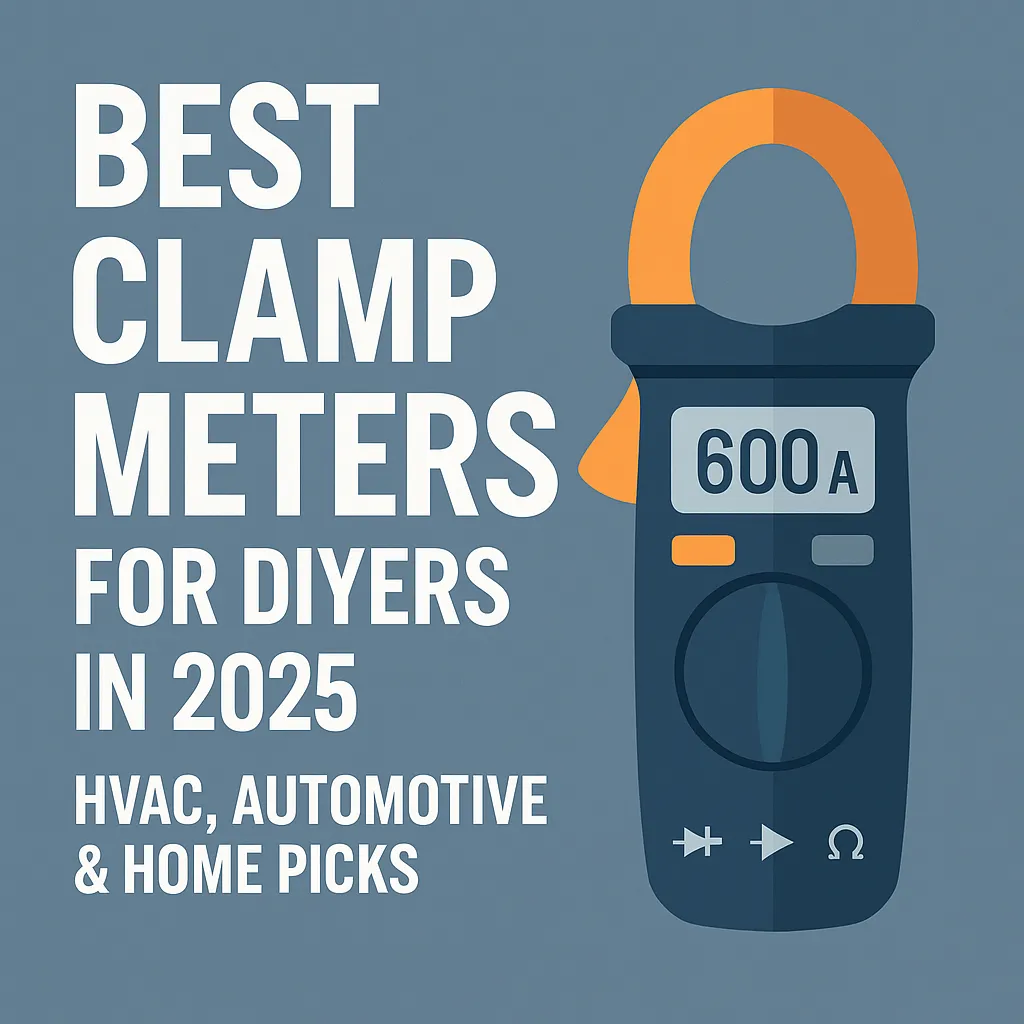
How to Choose the Best Clamp Meter for DIY
Not all clamp meters are created equal. Here’s what to look for when choosing the best clamp meter for DIY purposes:
1. AC vs. AC/DC Clamp Meters
Some models only measure AC (Alternating Current), while others handle both AC and DC. If you’re working on automotive systems or solar panels, you’ll need a clamp meter that supports DC current.
2. Jaw Size and Max Conductor Capacity
Jaw opening determines how thick of a wire you can clamp onto. For home use, smaller jaws are fine. For HVAC or industrial work, go for larger jaw capacity (typically up to 30mm or more).
3. Accuracy and Resolution
The higher the resolution and accuracy, the better—especially for low current measurements. Look for True RMS meters if you’ll be working with non-linear loads or variable frequency drives.
4. Must-Have Features for DIYers
- True RMS: For accurate readings on complex waveforms (ideal for HVAC)
- Inrush Current: Captures startup current spikes in motors and compressors
- Non-Contact Voltage (NCV): Detects live wires without touching them
- Backlight & Hold Functions: Helpful when working in dark or tight spaces
- Min/Max Recording: Tracks current fluctuation during operation
Choosing the best clamp meter for DIY means thinking ahead about what you’re measuring and where.
Top 5 Clamp Meters for DIY Projects in 2025
Here are our top picks, each chosen for a specific type of DIY application:
🧊 Best for HVAC: Fluke 323
Fluke is a gold standard when it comes to electrical tools. The 323 model offers True RMS, temperature readings, and solid build quality—ideal for HVAC diagnostics. However, it only measures AC current.
- Max Current: 400A (AC)
- Features: Temp sensor, continuity, resistance
- Drawback: No DC current support

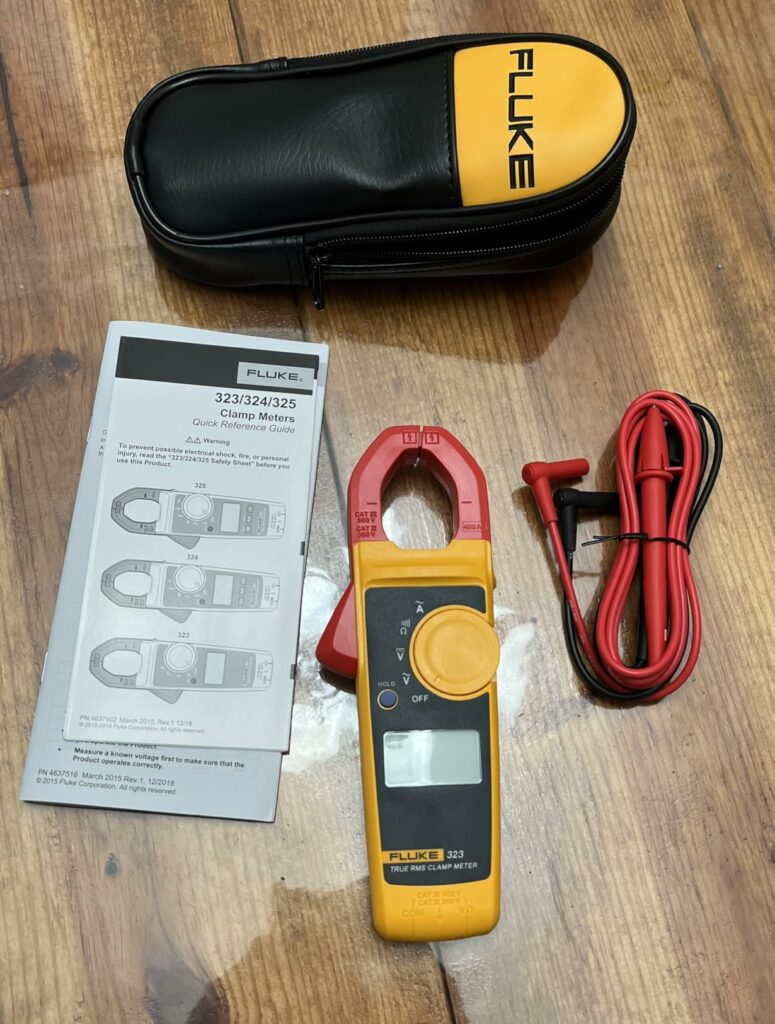
🚗 Best for Automotive: Klein Tools CL390
This compact clamp meter is perfect for car enthusiasts. It supports both AC and DC current, features True RMS, and comes with a low-impedance mode for ghost voltage elimination.
- Max Current: 600A (AC/DC)
- Features: Backlight, NCV, Auto-Ranging
- Great for: Alternators, car batteries, 12V systems
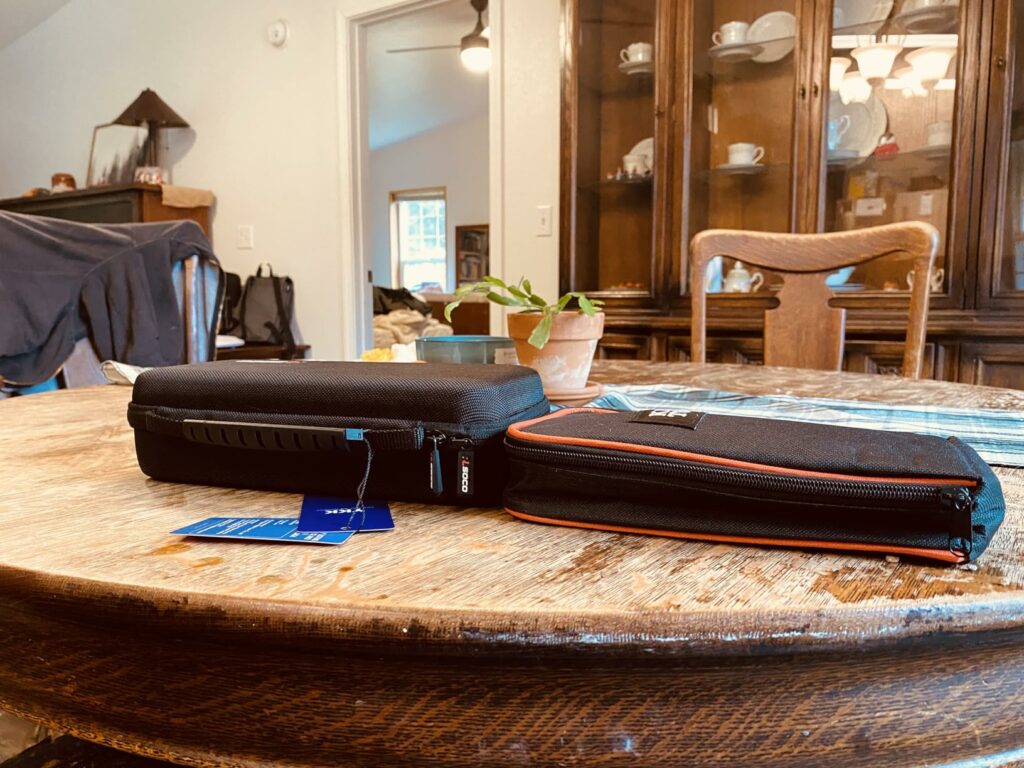
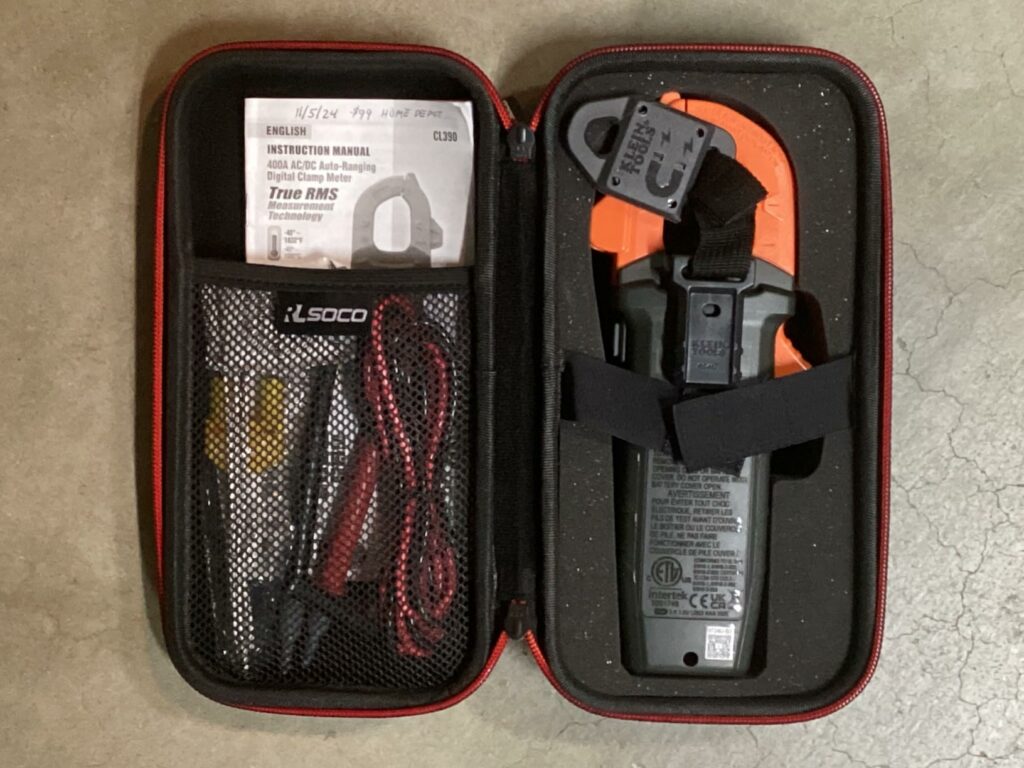
🏠 Best for Home Use: UNI-T UT210E
This ultra-compact meter is loved by DIYers for its portability and price. Supports AC/DC up to 100A, making it great for household electrical panels and small repairs.
- Max Current: 100A (AC/DC)
- Features: True RMS, voltage, resistance, diode test
- Great for: Compact spaces, budget users
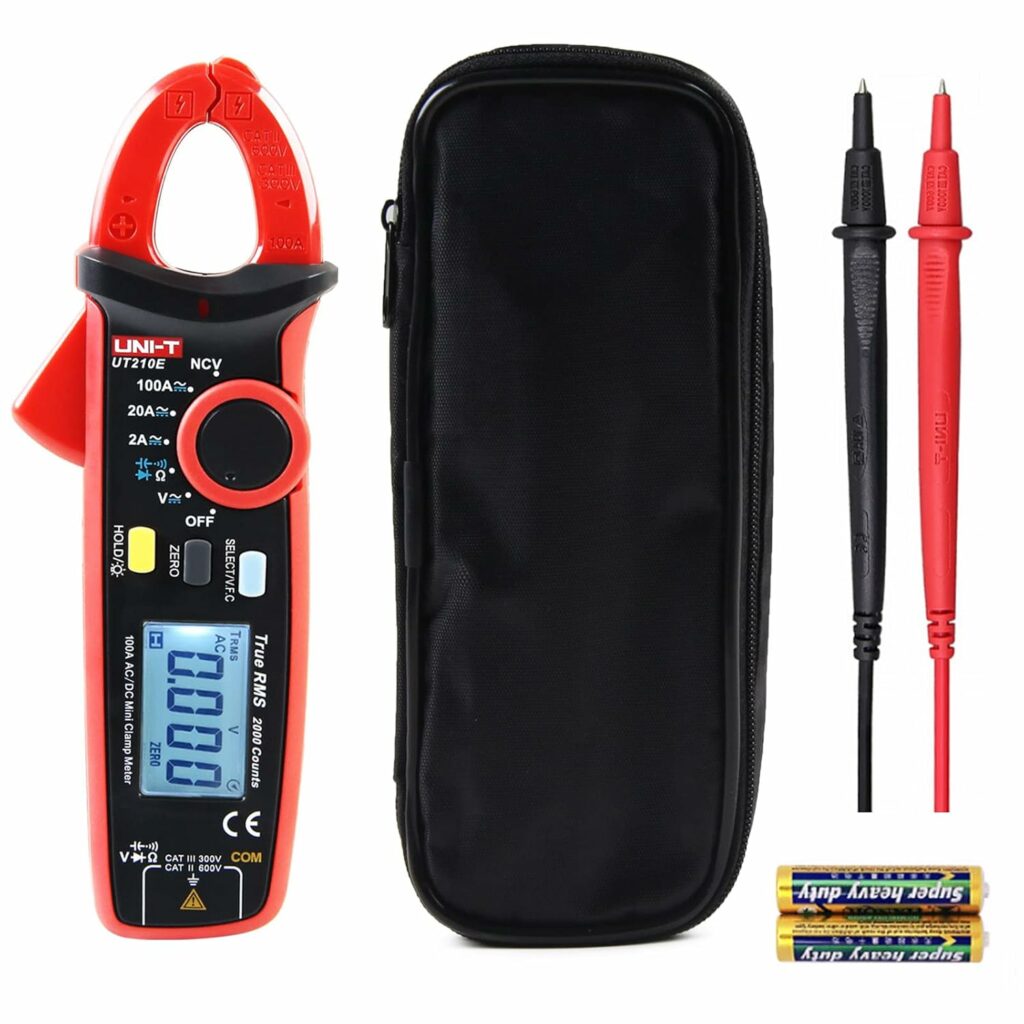

💰 Best Budget Pick: Kaiweets HT208D
Don’t let the low price fool you—this meter comes packed with premium features. It supports high current, inrush, NCV, and a large display.
- Max Current: 600A (AC/DC)
- Features: Inrush, True RMS, NCV, backlight
- Great for: All-around use without breaking the bank

🧰 Best Overall: AstroAI TRMS 6000 Count
If you want one clamp meter that does it all, this is it. Reliable, accurate, and safe with CAT III rating. It offers solid performance for a variety of applications.
- Max Current: 600A (AC/DC)
- Features: True RMS, NCV, Data Hold, Max/Min
- Great for: DIYers who want flexibility across tasks
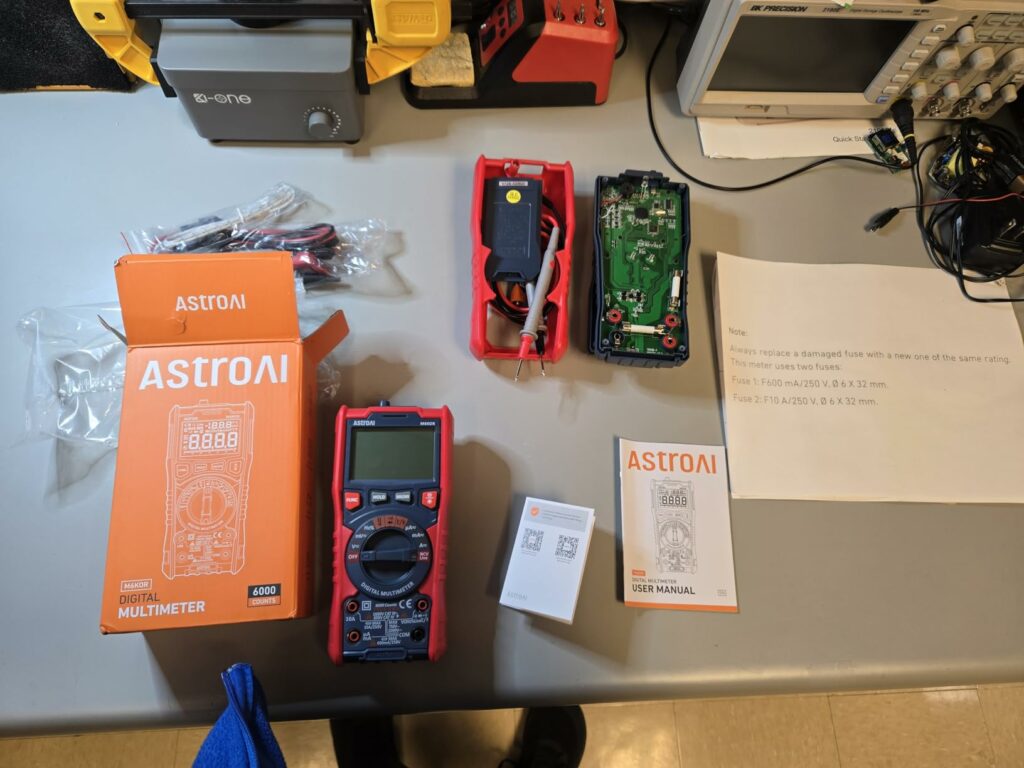

Comparison Table
| Feature | Fluke 323 | Klein CL390 | UNI-T UT210E | Kaiweets HT208D | AstroAI TRMS |
|---|---|---|---|---|---|
| AC/DC | AC only | AC/DC | AC/DC | AC/DC | AC/DC |
| True RMS | Yes | Yes | Yes | Yes | Yes |
| Inrush | No | No | No | Yes | Yes |
| Max Current | 400A | 600A | 100A | 600A | 600A |
| Temp Reading | Yes | No | No | No | No |
| NCV Detection | No | Yes | No | Yes | Yes |
| Best For | HVAC | Automotive | Home DIY | Budget DIY | All-purpose |
| BUY | ️🛒Click Buy On Amz | ️🛒Click Buy On Amz | ️🛒Click Buy On Amz | ️🛒Click Buy On Amz | ️🛒Click Buy On Amz |
FAQs
Q: Can clamp meters measure DC current?
A: Only if they are designed for it. Look for AC/DC clamp meters if you’re working on car batteries or solar systems.
Q: What’s the difference between a clamp meter and a multimeter?
A: Clamp meters specialize in measuring current without breaking the circuit. Multimeters excel in measuring voltage and resistance. Many DIYers use both.
Q: Is True RMS necessary?
A: If you’re working on variable-speed motors or HVAC systems, yes. It ensures accurate readings on non-sinusoidal waveforms.
Q: What safety rating should I look for?
A: CAT III or higher is recommended for home and industrial use.
Final Thoughts
If you’re a hands-on homeowner, car DIYer, or someone dabbling in HVAC fixes, a reliable clamp meter is more than just a gadget—it’s peace of mind. From the compact UNI-T UT210E to the versatile AstroAI TRMS, there’s a perfect match for every budget and use case.
👉 Ready to get your hands on the best clamp meter for DIY projects? Check today’s prices and reviews on Amazon to find the best deal!
*Disclosure: This post contains affiliate links. If you buy through them, we may earn a small commission at no extra cost to you.*
